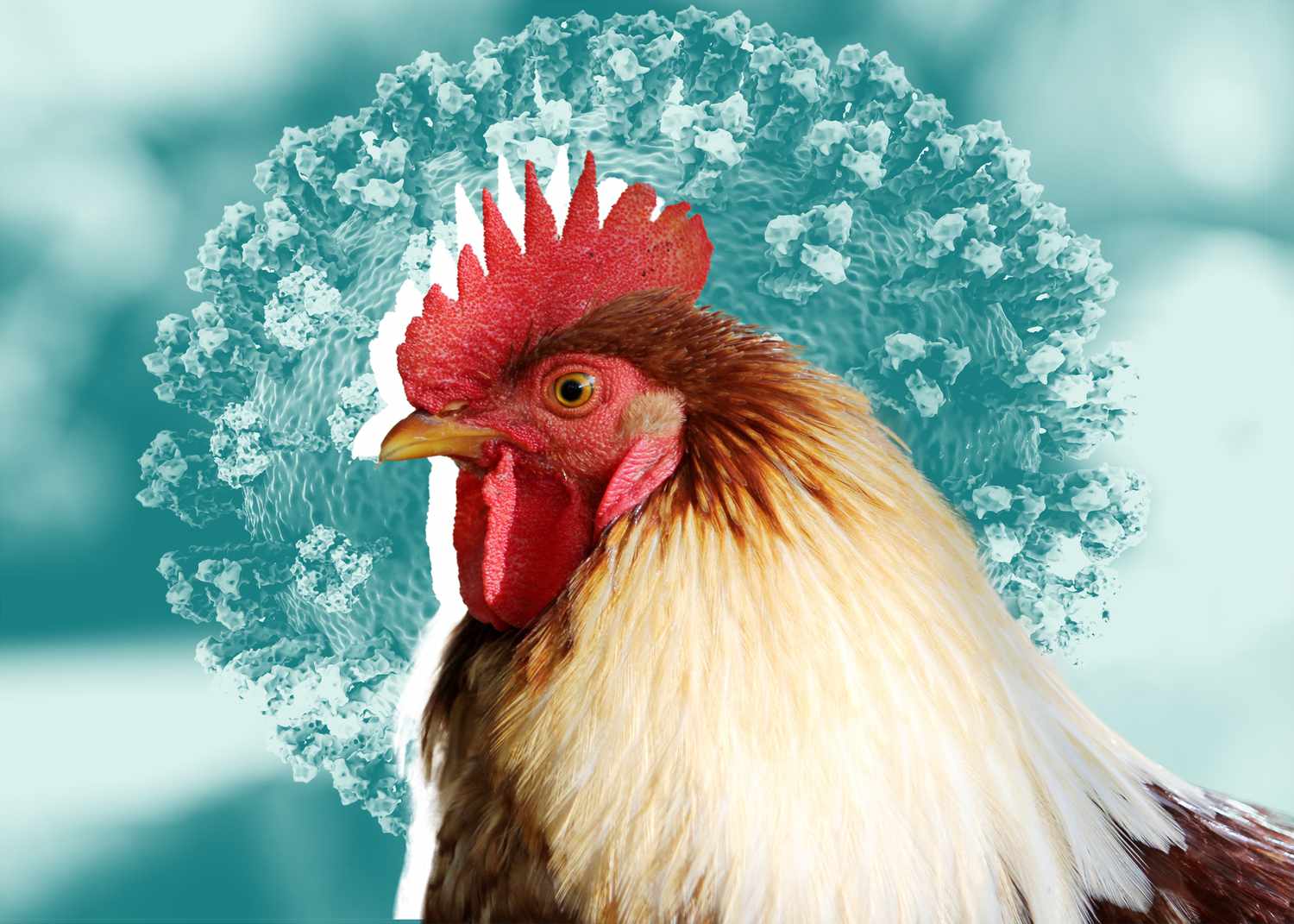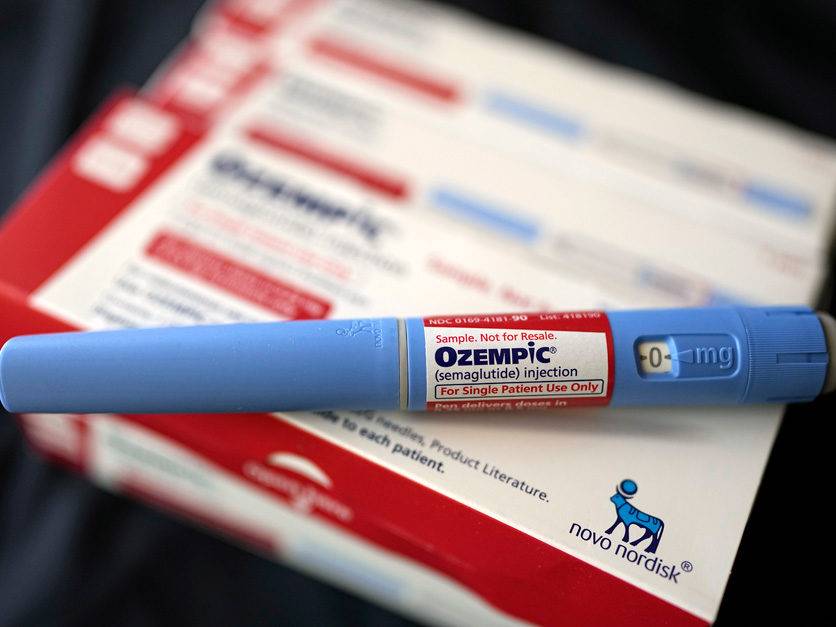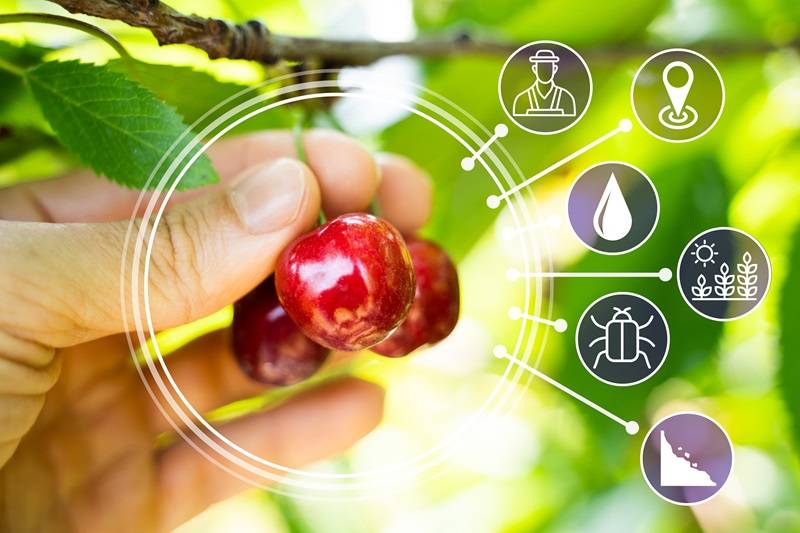Introduction
In recent months, avian influenza (AI) outbreaks have been spiking across the Asia-Pacific region, with several countries experiencing unprecedented levels of infection in poultry and wild bird populations. The situation has escalated in the last quarter of 2024, with highly pathogenic avian influenza (HPAI) spreading rapidly across countries such as Japan, South Korea, China, and Turkey, while New Zealand reported its first-ever outbreak of the virus. Meanwhile, concerns are rising globally about the potential for the virus to spread to humans, with cases detected in the United States and Canada, particularly in dairy cows and raw milk, prompting authorities to introduce stringent testing measures for milk products.
This report explores the latest developments in avian influenza outbreaks, the associated public health risks, and the global response to control and mitigate the spread of the virus.
Latest Avian Flu Outbreaks in Asia-Pacific
New Zealand’s First HPAI Outbreak
In December 2024, New Zealand reported its first-ever outbreak of highly pathogenic avian influenza (HPAI) in a commercial poultry farm. The infection was caused by the H7N6 HPAI virus serotype, which was detected in a flock of laying hens in Otago, on the South Island. The outbreak resulted in a spike in mortality rates, prompting authorities to cull 80,000 birds to contain the virus. Biosecurity New Zealand has implemented strict biosecurity measures on the farm, including restricting the movement of poultry, feed, and equipment. The New Zealand Ministry for Primary Industries confirmed that the risk to human health remains low, despite the growing number of cases in Asia.
Rising HPAI Cases in East Asia
Avian flu has been increasingly active across East Asia, with Japan, South Korea, and Taiwan among the worst affected. In mid-October, Japan reported the first outbreaks of the fall season, with more than 1.2 million birds affected in the initial outbreaks. The H5N1 virus serotype is believed to be responsible, and several other poultry farms have reported infections since. As of late November, Japan had experienced 12 outbreaks, with large numbers of poultry affected, including meat ducks and chickens.
South Korea, which had been free of HPAI outbreaks for months, saw its first case in late October 2024. The virus has since spread across multiple farms, and the government imposed a temporary nationwide standstill on poultry-related vehicle movements. The situation in Taiwan also raised alarm when wild birds and some domestic poultry in the southern part of the island tested positive for H5N1, prompting calls for increased vigilance from the agriculture ministry.
Further Outbreaks in Turkey
In Turkey, the H5N1 virus has affected multiple commercial poultry farms since the end of October. The outbreaks have primarily impacted farms in the western provinces of Konya and Afyon, with over 10 million birds affected so far. Turkish authorities are closely monitoring the situation, as the outbreaks continue to spread.
Resolved Outbreaks in Australia and Bhutan
Australia has reported a successful resolution of earlier avian flu outbreaks. In May 2024, three states were simultaneously affected by different strains of the HPAI virus, including the H7N9 and H7N8 serotypes. However, by the end of November, the Australian veterinary authority confirmed that the outbreaks had been successfully contained. Similarly, Bhutan, a small country in South Asia, reported the end of a localized avian flu outbreak in August 2024. No further cases have been detected, and the situation is now under control.
Human Infections and Growing Concerns
The risk of avian flu spreading to humans remains a critical concern. In the last month, the World Health Organization (WHO) reported several confirmed cases of human infection with H9N2, a type of avian influenza, in China. Seven cases were recorded, all in the western Pacific region, including Hunan, Hubei, Jiangxi, and Sichuan. While these cases were not fatal and the overall risk of human-to-human transmission remains low, the situation has fueled concerns, especially given the history of H5N1 and H7N9 infections in humans.
Bird Flu Cases in the United States and Canada
In North America, the United States has been grappling with an increasing number of H5N1 bird flu cases, especially in dairy cows and raw milk. The U.S. Department of Agriculture (USDA) issued a federal order requiring testing across the nation’s milk supply, following a series of infections in over 710 dairy herds across 15 states. California has been the hardest hit, with the highest number of infected dairy cows, and concerns are growing about the potential for the virus to spread through raw milk. The USDA is focusing its efforts on early detection, with new regulations mandating testing of milk samples, particularly in states such as California, Colorado, Michigan, and Oregon.
In response to these outbreaks, California health officials have issued a recall of certain raw milk products from Raw Farm, a dairy farm based in Fresno, after detecting H5N1 contamination in raw milk and cream. The recall includes all sizes of milk and cream produced between November 9 and November 27, 2024, and affected products have been pulled from store shelves. The California Department of Public Health has placed the farm under quarantine and urged consumers to avoid consuming any products from the affected batches.
While pasteurized milk remains safe for consumption, health experts caution against drinking raw milk, as it can potentially spread the virus if it is contaminated. The concern is heightened due to the fact that raw milk is often pooled from multiple cows, meaning that if one infected cow is involved, the virus could be distributed to many more people.
In Canada, the first case of human H5N1 infection was reported in a teenager in British Columbia, who developed severe symptoms and was placed in critical care. The rapid deterioration of the patient highlighted the potential severity of infections in young, previously healthy individuals, and authorities have closely monitored the situation.
Global Health Response and Public Safety Measures
While there are no confirmed cases of person-to-person transmission of the H5N1 virus, experts continue to watch the situation carefully. The World Health Organization (WHO) has not classified the current avian flu outbreaks as a global health emergency, but public health officials are closely monitoring the situation, particularly in regions with high poultry density.
In response to the rising number of human infections, several countries are ramping up efforts to prevent the spread of the virus. Finland, for example, became the first country to offer bird flu vaccinations for people at risk of exposure, including workers in poultry farms. The United Kingdom has also secured over 5 million doses of human H5 influenza vaccine in anticipation of a potential pandemic scenario.
The U.S. Centers for Disease Control and Prevention (CDC) and the World Health Organization continue to emphasize the importance of avoiding direct contact with infected birds or animals, and advise against consuming raw milk or undercooked poultry. The CDC also recommends that farmworkers and those working in animal husbandry wear personal protective equipment (PPE) when handling animals that could be infected with the virus.
Conclusion
The recent surge in avian influenza outbreaks in Asia-Pacific countries, coupled with the detection of H5N1 in U.S. dairy cows, has raised global concerns about the potential for the virus to spread. Although the risk to human health remains relatively low, authorities are taking swift actions to prevent further transmission. The situation highlights the importance of early detection, strict biosecurity measures, and public health preparedness in mitigating the impact of avian influenza outbreaks. As the virus continues to evolve and spread, the world must remain vigilant in monitoring the situation and implementing measures to prevent a global health crisis.




